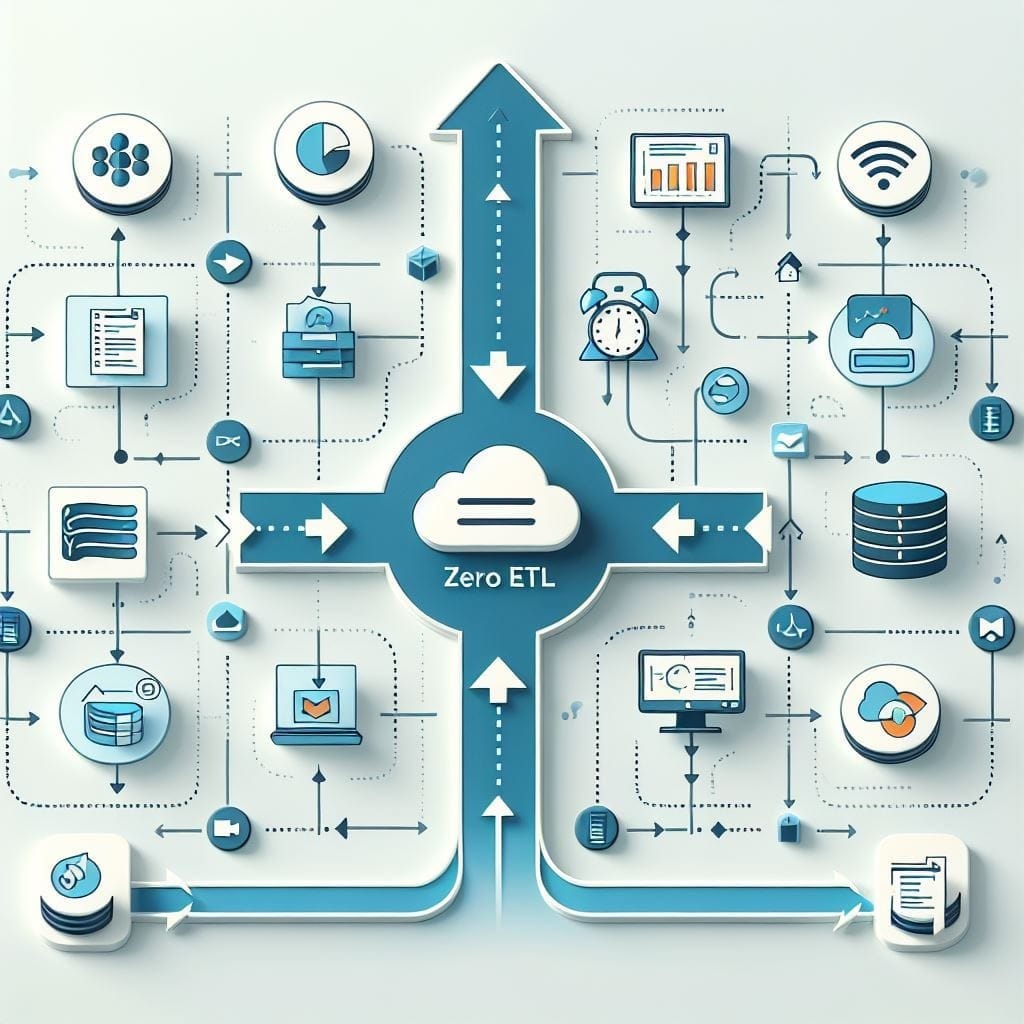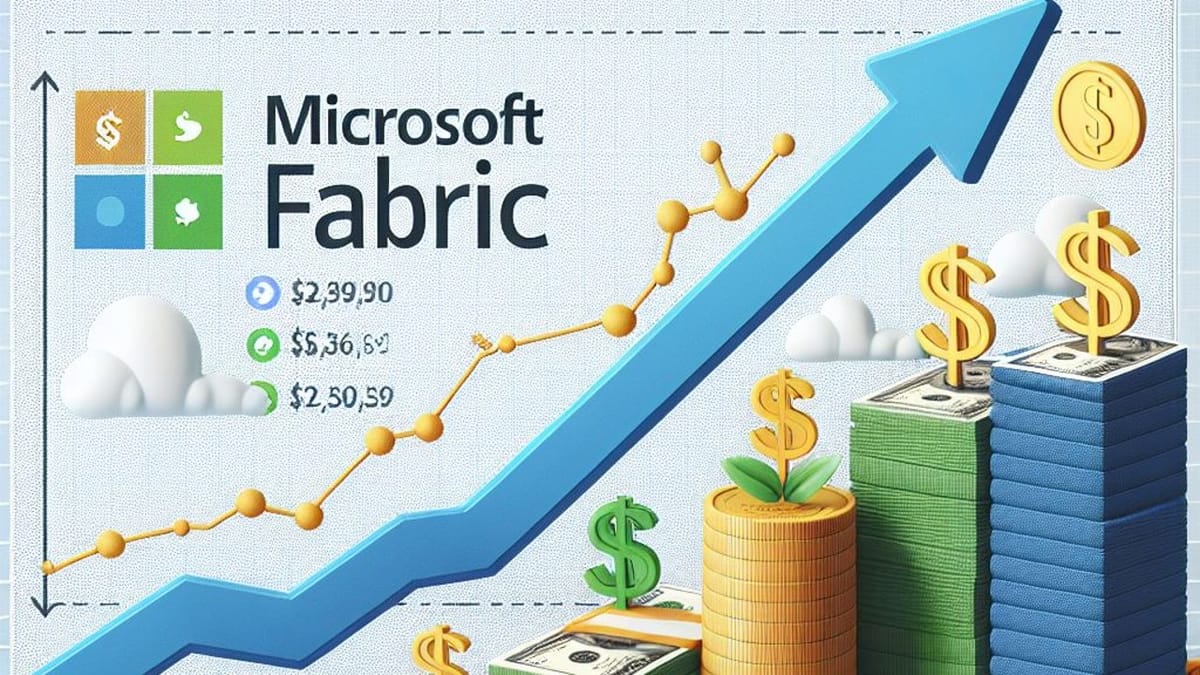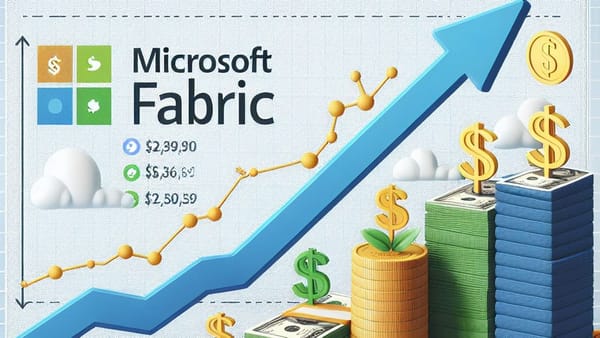Is Microsoft Leading the Way Towards Zero ETL?
Discover how Microsoft is leading the Zero ETL revolution with Fabric—enabling timely analytics without data movement using features like Shortcuts, Mirroring, Open Mirroring, and Data Factory Copilot.


Why Zero ETL Is the Next Big Thing
How Microsoft Is Leading the Way
Today’s data-driven world, the traditional Extract, Transform, Load (ETL) process is increasingly seen as a bottleneck — costly, complex, and time-consuming.
In my experience many data teams struggle with the technical complexity of transforming data and integrating the right sources—challenges that often hinder timely, data-driven decision-making at the leadership level.
Zero ETL may be future of data Integration to eliminate challenges posed by traditional ETL, although ETL tools are indispensable in combining data from various sources and enabling data integration across enterprise systems. Data integration is unthinkable without ETL.
Is Zero ETL still just a vision, or are we finally entering a new era — one where real-time analytics can be performed directly on operational data, without the need for complex data movement?

How Close Are We to Realizing Zero ETL with Microsoft?
The vision of Zero ETL is no longer a distant aspiration—it’s becoming a tangible reality, especially within the Microsoft ecosystem.
With the introduction of Microsoft Fabric and Onelake with shortcuts and mirroring capabilities, Microsoft is delivering a unified data platform that minimizes data movement and maximizes timely insights from operational data.
Microsoft Fabric is rapidly closing the gap between operational data and timely insights through a suite of powerful, integrated capabilities. Features like
- Shortcuts, which allow seamless access to data across domains without duplication
- Mirroring, which enables near real-time replication of compatible sources into OneLake, are transforming how organizations manage and analyze data.
- Open Mirroring is extending this capability even further by allowing third-party and custom sources to be mirrored into the Fabric ecosystem, broadening the reach of Zero ETL. Meanwhile
- Data Factory Copilot empowers data teams with AI-assisted pipeline creation, dramatically reducing the time and expertise required to build and maintain data flows.

FabCon Europe 2025 Announcements
Key Microsoft Fabric Capabilities Driving the Zero ETL Vision (Table #1)
| Microsoft Fabric Capability | Description | Business Benefits |
|---|---|---|
| Shortcuts | Seamless access to data across domains without duplication | Reduces latency |
| Mirroring | Near real-time replication of compatible sources into OneLake | Lowers infrastructure costs |
| Open Mirroring | Allows third-party and custom sources to be mirrored into the Fabric ecosystem | Broadens the reach of Zero ETL |
| Data Factory Copilot | AI-assisted pipeline creation, reducing time and expertise required | Simplifies data architecture |
Together, these innovations are helping organizations reduce latency, lower infrastructure costs, and simplify their data architecture—bringing the Zero ETL vision within reach.
By embracing Zero ETL, organizations can unlock agility, improve governance, and accelerate time-to-insight across the business.
Microsoft is at the forefront of this transformation, leveraging innovations across Microsoft Fabric and Power BI with Copilots to deliver a unified, no-copy data experience.
What Is Zero ETL?
Zero ETL is a modern data architecture approach that eliminates the traditional need to extract, transform, and load (ETL) data between systems. Instead of relying on complex pipelines to move data from operational systems to analytical platforms, Zero ETL enables direct querying and analysis on live operational data—whether it's stored locally or across cloud platforms.
This approach significantly reduces latency, complexity, and cost, making it especially valuable in scenarios where real-time analytics and data accuracy are critical.
In contrast to traditional ETL processes—which often involve duplicated storage, delayed insights, and ongoing maintenance—Zero ETL flips the model. It integrates analytics capabilities directly into the data source, allowing organizations to access insights faster, streamline their architecture, and respond to business needs more efficiently..
Tradition ETL vs Zero ETL (Table #2)
| Category | Traditional ETL | Zero ETL |
|---|---|---|
| Data Movement | High — data is extracted, transformed, and loaded across systems | Minimal — data is queried directly from operational sources |
| Latency | High — batch processing introduces delays | Low — real-time or near real-time access to data |
| Complexity | High — requires orchestration of multiple tools and pipelines | Lower — simplified architecture with fewer moving parts |
| Architecture | Fragmented — separate systems for operational and analytical workloads | Unified — analytics integrated into the operational data layer |
How Microsoft Leading the Way Towards Zero ETL?
At the forefront of this transformation Microsoft, whose innovations in Microsoft Fabric are making Zero ETL not just possible, but practical and scalable. Through a unified data platform and a suite of intelligent features, Microsoft is empowering organizations to simplify their data architecture and accelerate time-to-insight.
Let’s explore the core capabilities that are making this vision a reality.
Shortcuts: Seamless Access Without Duplication
One of the foundational enablers of Zero ETL in Microsoft Fabric is the Shortcuts feature.
Shortcuts allow users to reference data across domains, workspaces without physically copying it. This means data can be shared and accessed across teams and departments while remaining in its original location.






